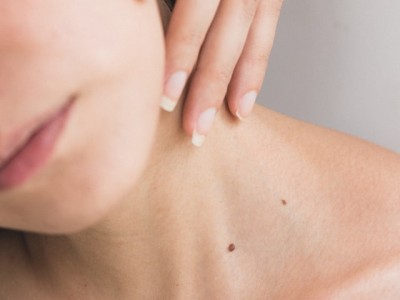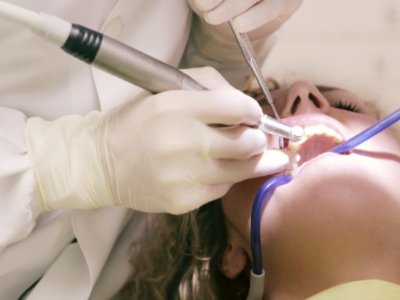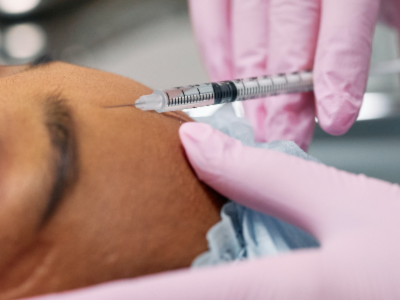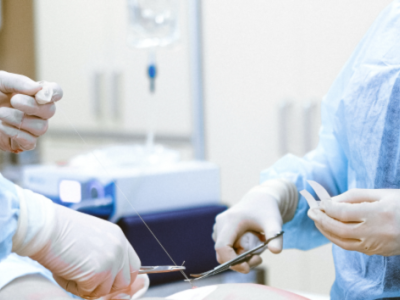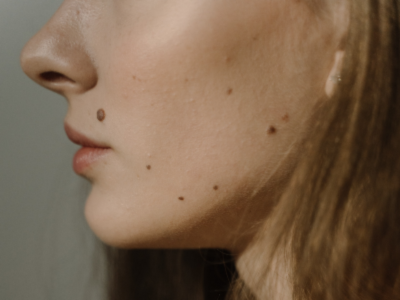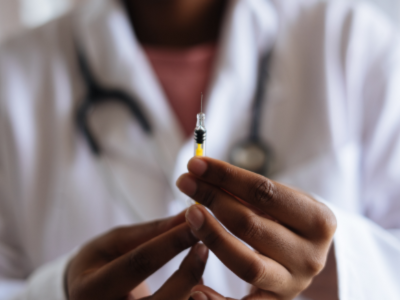Does My Mole Look Big In This?
We all know too well the feeling of ' does my bum look big in this'. That feeling of being self-conscious. They can be embarrassing, or hold our confidence back from how we present ourselves, to what we feel comfortable to wear.
Moles are small (usually benign) growths on the skin that are typically brown or black in colour. Moles can form anywhere on the skin, usually appearing during childhood. As time passes, they may become raised or change in colour, darken after exposure to the sun, or during pregnancy. They can even slowly disappear over time. Although most moles will never change at all.
Skin lesions such as moles, cysts and skin tags are a fairly common problem that can occur almost anywhere on the face and body.
Moles form when cells called melanocytes, which are responsible for making the pigment that gives skin its natural colour, grow in a cluster instead of the usual way of being spread throughout the skin.
We understand that such growths can be unsightly, embarrassing – and painful if they regularly knock or rub against clothing or jewellery. While it’s relatively easy to keep them out of sight during the winter months, it’s hard to stay completely covered when the sun is shining and the temperature gets tropical.
But there’s no need to hide away in the heat because of skin insecurities. We offer a variety of options for removal, all entirely pain-free because of local anaesthetic which numbs the skin to make the procedure as comfortable as possible. The anaesthetic needle is very fine and isn’t painful but the anaesthetic fluid has a pH balance that slightly stings as it initially makes contact with the skin however this only lasts for a second.
Typically the most common ways to remove a mole are through freezing, lasering or mole removal surgery and it’s strongly advised that home remedies and self mole removal creams are avoided because these can worsen scarring and potentially mistreat a skin cancer.
Painful moles are not always a sign of something sinister. Moles can sometimes become painful even when nothing is wrong. A normal benign mole might, for instance, have a small pimple growing directly beneath the surface, or it may get scratched accidentally, becoming sore and inflamed.
If a mole does become painful and doesn’t seem to be getting better, then it wouldn’t hurt to see your dermatologist for a check, just to make sure that everything is fine. If your dermatologist decides that the mole is could be malignant, then removal is likely to be suggested.
Ideally, the skin should be checked over every three months to look at existing and new moles paying close attention to any changes in size, shape, darkening of colour and size of 5mm or more. 70% of melanomas are new moles and suspicious ones will look different in appearance and stand out from all of the other which is reassuring to know as all of my moles have remained the same in appearance for years.
Exposure to UV light will increase the chances of a mole becoming cancerous, so if you have lots of moles, you must take extra preventative measures, especially during sunny weather.
To protect your skin and moles from UV damage, try to stay in the shade between 11 am and 3 pm, keep your face and skin covered and make sure that you regularly apply a high-factor sunscreen.
For more help and advice on mole and skin lesion removal please call JR Medical on 01702 314497 for a complimentary consultation.
Call JR Medical now on 01702 314497






